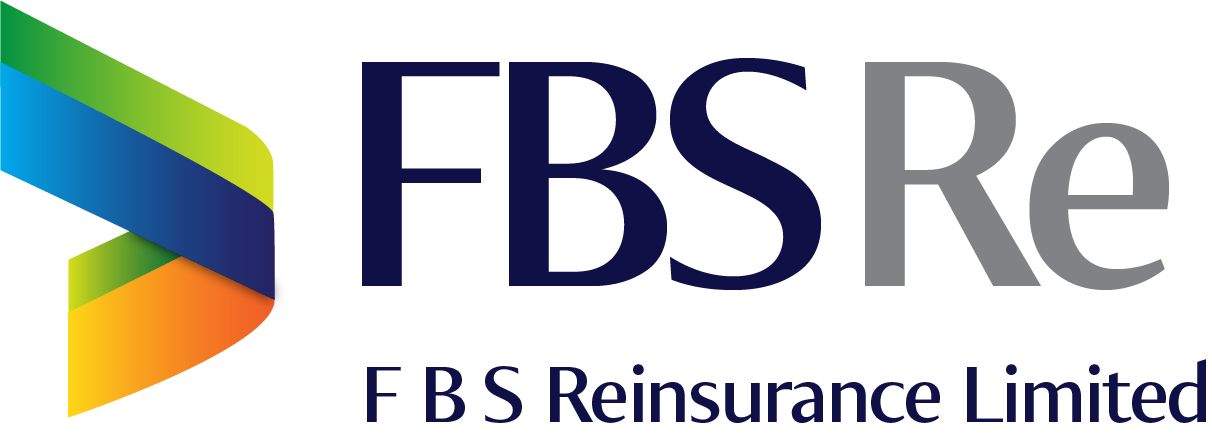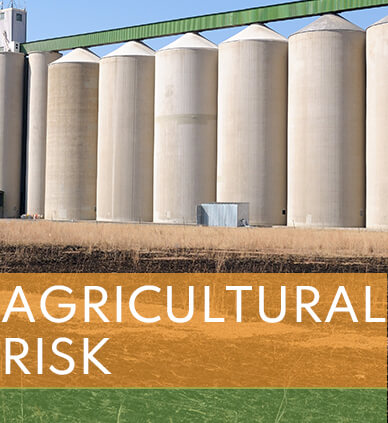Insurability of Agricultural Risks
Agricultural insurance covers systemic risks such as drought, cyclone, epidemic diseases and wildfires, which have the potential to cause large-scale losses and make risk trans-fer for insurers to reinsurance and capital markets a necessity. Further, loss distributions of agricultural risks are often non-stationary and require special statistical treatment. Adverse selection has been a key issue in agricultural insurance and has been addressed through government premium subsidies to increase the affordability and penetration of insurance, improved methods to determine premium rates through risk classifica-tion, and the introduction of waiting periods before covers incept. Moral hazard is typically addressed through loss-sharing structures, increased monitoring and multi-year policies
Insurable Interest
For insurance to be recognised as such, insurance regulators request the demonstration of an insurable interest, which is the financial interest a policyholder must possess for a legally enforceable insurance coverage. Further, insurable interest is required to prevent speculation and gambling. In case of a lack of an insurable interest, insurance regula-tors tend to classify the product as a financial product.
Insurance or Derivative?
Insurance and derivatives can be based on the same type of product (e.g. a weather index) that has very similar risk transfer benefits but with an execution form that involves entirely different regulations, accounting practices, tax implications and legal constraints. Under insurance law, the policyholder must have an interest in the subject matter of the policy and obtain some financial benefit from the preservation of the sub-ject matter or sustain a pecuniary loss from its destruction or impairment when the risk insured against occurs. In contrast, derivatives simply base payouts on the performance of an index and are therefore not associated with any physical loss and can be bought for speculative purposes. In practice, most insurance policyholders have an exposure (and therefore an insurable interest) and index-based insurance products have been developed in a way that highly likely losses are indemnified.In agriculture, weather- and area-yield insurances do not require the prove of loss of the policyholder as claims are settled directly on weather and yield data. Usually, insur-ance regulators accept these products as insurance, particularly if the payout occurs to individual producers (micro-level risk transfer) and premiums are government-subsidised. However, index-based insurance for agribusinesses could be seen by regulators as finan-cial instruments rather than insurance and new products often require a legal opinion and regulatory approval.





















